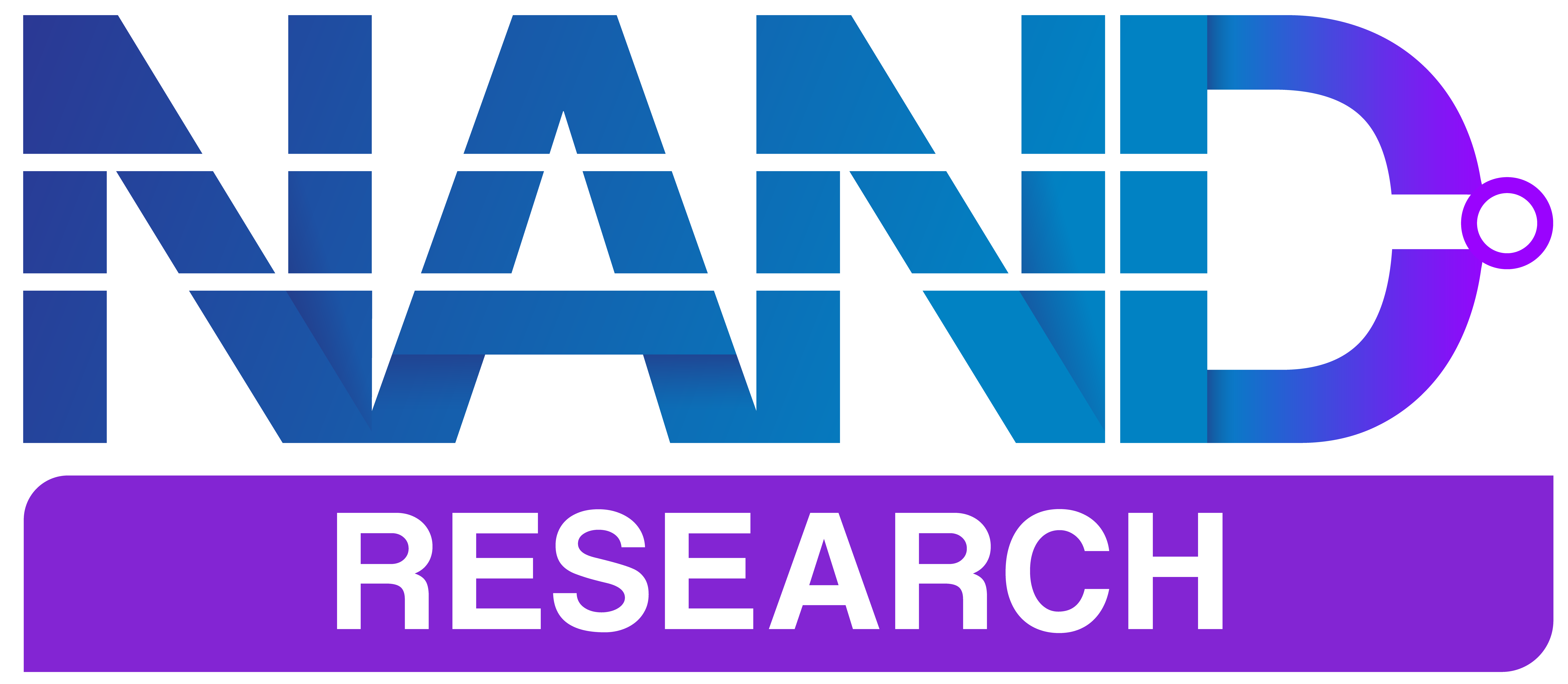Anthropic recently announced a new five-year strategic partnership with Databricks to integrate its Claude language models, including the newly released Claude 3.7 Sonnet, into the Databricks Data Intelligence Platform.
The deal, valued at approximately $100 million, will allow Databricks’ enterprise customers to build, deploy, and govern AI agents that operate directly on their proprietary enterprise data. Databricks will offer Claude models natively through its platform across AWS, Microsoft Azure, and Google Cloud.
Anthropic’s Claude models will integrate with Databricks Mosaic AI and the Unity Catalog for unified governance, security, and access control.
Claude 3.7 Sonnet Capabilities
Claude 3.7 Sonnet introduces hybrid reasoning capabilities optimized for complex, multi-step workflows and domain-specific tasks.
The LLM offers:
- A large context window supporting enterprise-scale unstructured data processing.
- Dynamic reasoning abilities that adjust response quality based on allowed inference time.
- Strong code generation capabilities, positioning Claude for internal developer productivity use cases (e.g., AI coding assistants).
Databricks customers can interact with Claude via:
- SQL queries within Databricks notebooks and workflows.
- Direct model endpoints callable within enterprise applications.
- Fine-tuned instances using enterprise data and RAG pipelines supported natively on the Databricks platform.
Integration with Databricks Data Intelligence Platform
Anthropic models will operate within Databricks’ data governance and security framework.
Integration points include:
- Unity Catalog for access control, lineage tracking, and policy enforcement.
- Mosaic AI tooling for building, evaluating, and deploying domain-specific AI agents.
- Native support for RAG pipelines, enabling Claude to retrieve and reason over enterprise-specific data from vector stores created within Databricks.
Users can fine-tune Claude models on proprietary datasets while maintaining compliance and control.
Fine-Tuning: Test-time Adaptive Optimization
Databricks also introduced Test-time Adaptive Optimization (TAO), a new reinforcement learning technique that enables efficient model fine-tuning without dependence on large labeled datasets. TAO adjusts model parameters during test time based on input data characteristics and model response behavior.
According to Databricks, the technical advantages of TAO include:
- Reduced reliance on expensive, human-labeled datasets for fine-tuning.
- Ability to leverage model knowledge and interaction signals at inference time to improve accuracy.
- Enhanced performance of open-source models (e.g., Meta’s Llama) to levels comparable with proprietary models (e.g., OpenAI’s GPT-4) in certain tasks.
TAO supports continuous learning in environments with evolving data characteristics, improving model adaptability and reducing training overhead.
Analysis
Anthropic’s partnership with Databricks advances both companies’ enterprise AI strategies. Directly integrating Claude models within Databricks offers a differentiated value proposition to enterprises seeking to deploy AI agents governed by rigorous security, compliance, and data residency controls.
The new relationship between the companies also increases competitive pressure on other cloud data platform providers, particularly Snowflake and Google Cloud, which have announced similar partnerships with Anthropic and other model providers.
Databricks’ deep integration of Claude with Mosaic AI, Unity Catalog, and TAO-based fine-tuning makes it a strong option as an enterprise-ready platform for AI agent development.
For Anthropic, the partnership accelerates its enterprise go-to-market efforts and provides direct access to customer input for refining its models in real-world production environments. Anthropic projects that nearly two-thirds of its future revenue will come from enterprise customers; this deal provides an operational channel to support that projection.
Databricks’ TAO fine-tuning innovation also introduces a potential cost advantage for enterprises willing to deploy open-source models, creating competitive pressure on proprietary model vendors to justify premium pricing.
Overall, the partnership between Anthropic and Databricks raises competitive stakes across the enterprise AI landscape, directly challenging existing offerings from OpenAI, Microsoft, Snowflake, and other AI model providers.
It’s a strong move for both companies.
Competitive Outlook & Advice to IT Buyers
These sections are only available to NAND Research clients & IT Advisory Members. Please reach out to [email protected] to learn more.





